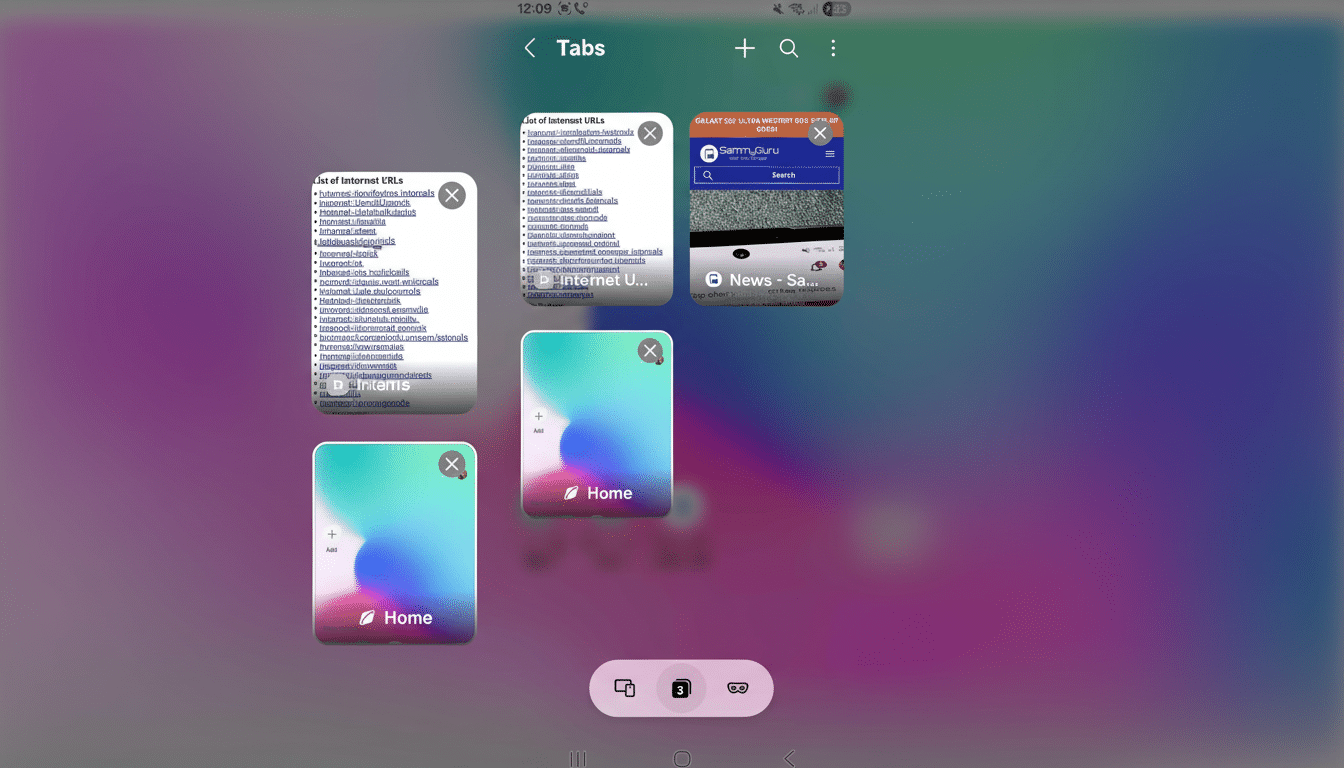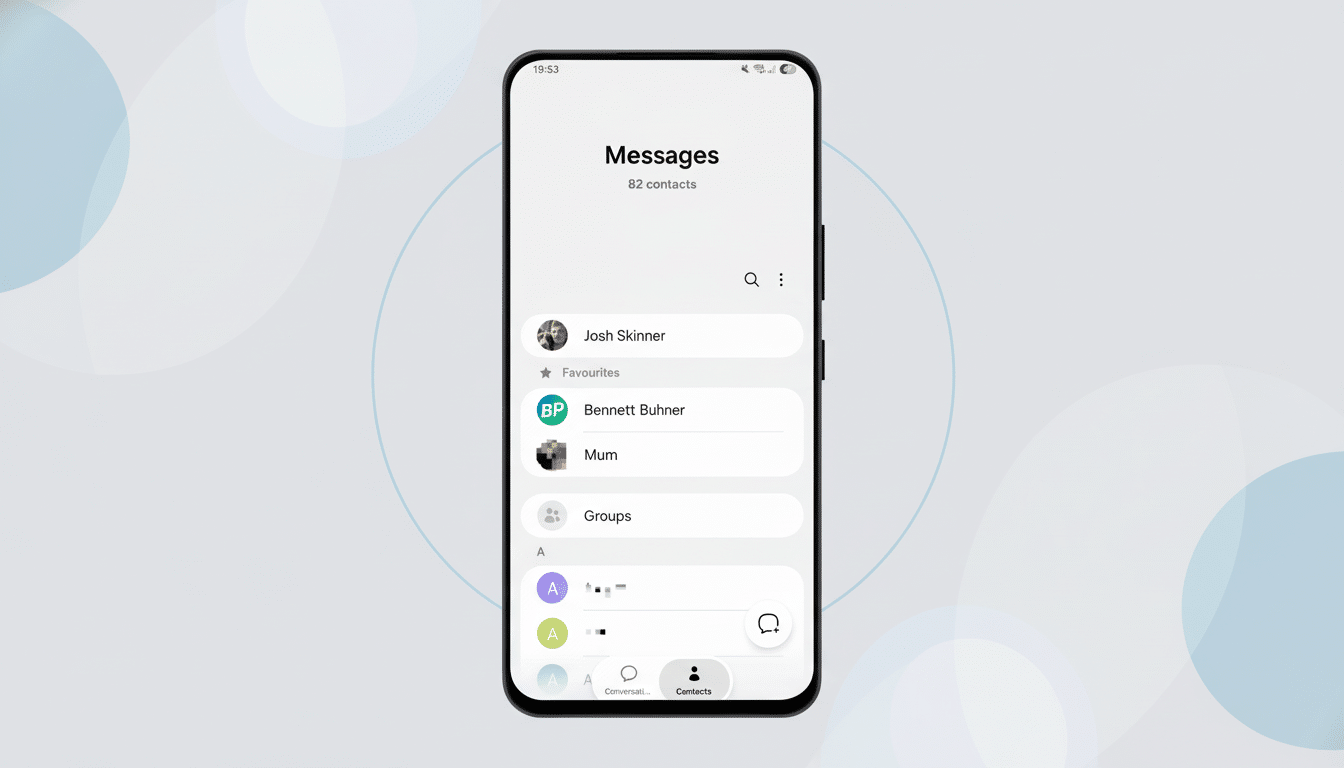An APK teardown of a One UI 8.5 build has highlighted a significant upgrade in Samsung’s anti-theft strategy. The update extends the reach of Identity Check, a system-level gate that requires biometric authentication for sensitive changes and potentially shuttering several thieves’ windows within minutes after a snatch.
APK Indicates That the Wider Identity Check Coverage Might Be Coming
Identity Check came to Android earlier this year, and Samsung’s already integrated it into its software with One UI 7. According to text buried in the code of One UI 8.5, the feature will protect even more areas of your phone and we’ll have to scan our fingerprints or faces every time we’re not in a trusted place (like home or work). So more settings and actions will be hidden behind mandatory biometrics if location context indicates the phone could be in danger.

Though the teardown doesn’t make it absolutely clear which toggles will be included at launch, the trend is obvious: Samsung is casting a wider net around security-critical controls. That approach is meant to thwart common methods of theft such as quickly disabling tracking, changing account credentials, or modifying the lock functionality before the owner can respond.
Remember that teardowns show features under development and language placeholders, not final release notes. Yet the uniformity of the Identity Check messaging points to an intentional expansion, rather than a minor tweak.
Why This Matters in Real-World Phone Theft Scenarios
Phone snatches move fast. Investigations by prominent publications have demonstrated how thieves are doing so-called shoulder-surfing of passcodes in bars, then locking victims out by promptly changing account settings. Apple’s Stolen Device Protection, announced earlier this year, added more biometric checks and time delays for certain sensitive changes, and Google detailed Theft Detection Lock at its developer conference, which automatically locks when device intelligence detects a grab-and-run.
Samsung’s Identity Check covers the same window of vulnerability but relies on location context and biometrics. By requiring verification when you’re not at a trusted location, it eliminates much of what security thinkers call “day zero” moves after a theft. It is also an extension of carrier-level IMEI blacklisting and crowdsourced finding via the Android Find My Device network.
There’s just a very basic reason behind the necessity of complexity: the more gates you build between a thief and key settings, the more likely it is you retain control long enough to find or possibly remotely lock your device. There are no speed bumps too small when seconds make a difference.
Setup Still Manual and That’s a Weak Link
There’s one catch: the APK evidence indicates that Identity Check will still not be activated by default. Instead, owners will need to enable it and set up trusted locations for it to reap its full benefits. That’s a usability choice, but it leaves a huge amount of protection for many people on the table because they simply never go into settings.

If you’re using One UI 7 or later, you can start getting ready now:
- Open Settings.
- Go to Security and privacy.
- Tap Lost device protection.
- Tap Theft protection, then Identity Check.
- Toggle the feature on and add places where extra prompts aren’t necessary.
The setup only takes a minute and silently applies security-enhancing features to your device in the background.
Security teams frequently point out that opt-in features have significantly lower adoption than default-on controls. If Samsung is looking for mass uptake, adding Identity Check to the onboarding or after a significant update could deliver more, in real terms.
How It Fits the Wider Android Security Push
The One UI 8.5 tweaks fit into a larger platform transition. Google has been locking down theft protections across Android with additional locks, fiercer factory reset protection, and sturdier account recovery barriers. Samsung’s angle puts an additional layer of policy—context-aware, if you will—and solidifies biometric checks as the default route for high-risk actions.
For Galaxy owners, the implication is clear: turn on Identity Check and keep an eye out for One UI 8.5 to start rolling out. Should the expanded coverage fall as expected, your daily routine will remain unchanged from inside your home — but once your phone leaves a few square blocks of trusted perimeter, there will be fewer walls cracked and doors left ajar to entice the thief.
Like with all features found in code, final behavior can change before release. But the direction is clear — One UI 8.5 should prove to be a real upgrade for theft-resistance, not just a visual one.

